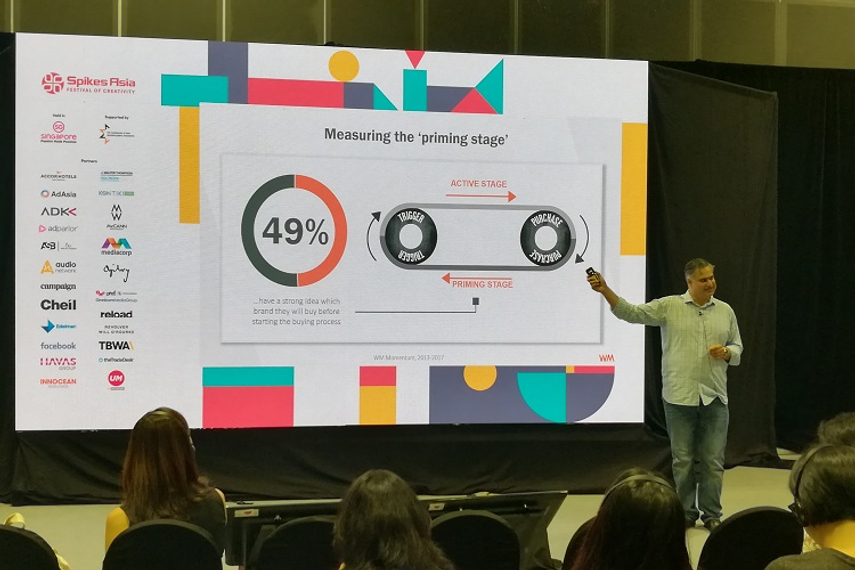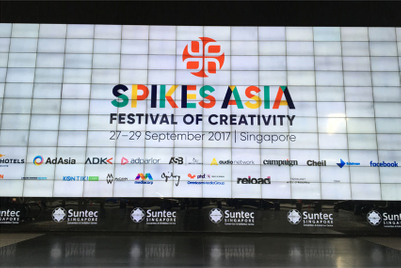
Raj Gupta, chief strategy officer, Asia Pacific, for MEC (soon to be rechristened Wavemaker after the merger with Maxus is completed), spoke at Spikes Asia about 'Brand momentum in the age of algorithm'.
According to him, understanding the purchase journey is the key to unlocking brand growth.
"However, as brands exposed to us, there is a positive or negative bias. The media touchpoints and other influencers have a holding effect on how we behave later," he said.
For instance, nearly 50 per cent of consumers have a stronger idea of which brand they going to buy before they go out shopping for that category. Citing several cases of the "priming stage", he pointed out how consumers search lesser, put lesser filters while researching the brands that were higher in their consideration set. For instance, in the FMCG category, building a priming bias can give a nine times higher boost in influencing consumer choice.
Depending on where you are located, the priming bias can be different for different categories and countries and can change according to the competitive scenario in every market.
One of the most important things is in building distinctiveness in the priming stage, he said giving examples of the tyre category where Pirelli has a huge priming bias, where young consumers pick up and convert quite easily.
In all of this, brands have to tackle the challenge of short termism, as studies indicate that more than 73 per cent of companies are short-termists. Of that, most were not maximising profits in the long term.
He said that as boardrooms were increasingly getting closer to brands, they were moving further away from the marketer. That's because boards do not relate with the language spoken by marketing. "The language of brands like impressions, salience, love, does not resonate in boardrooms," he said. Also in the age of short-termism, as boards look at the investment in brands, the effects of advertising are spread thinly into the future, rather than being seen as delivering immediate returns.


.jpg&h=334&w=500&q=100&v=20250320&c=1)
.jpg&h=334&w=500&q=100&v=20250320&c=1)
.jpg&h=334&w=500&q=100&v=20250320&c=1)




.jpg&h=334&w=500&q=100&v=20250320&c=1)





.jpg&h=268&w=401&q=100&v=20250320&c=1)
.jpg&h=268&w=401&q=100&v=20250320&c=1)



